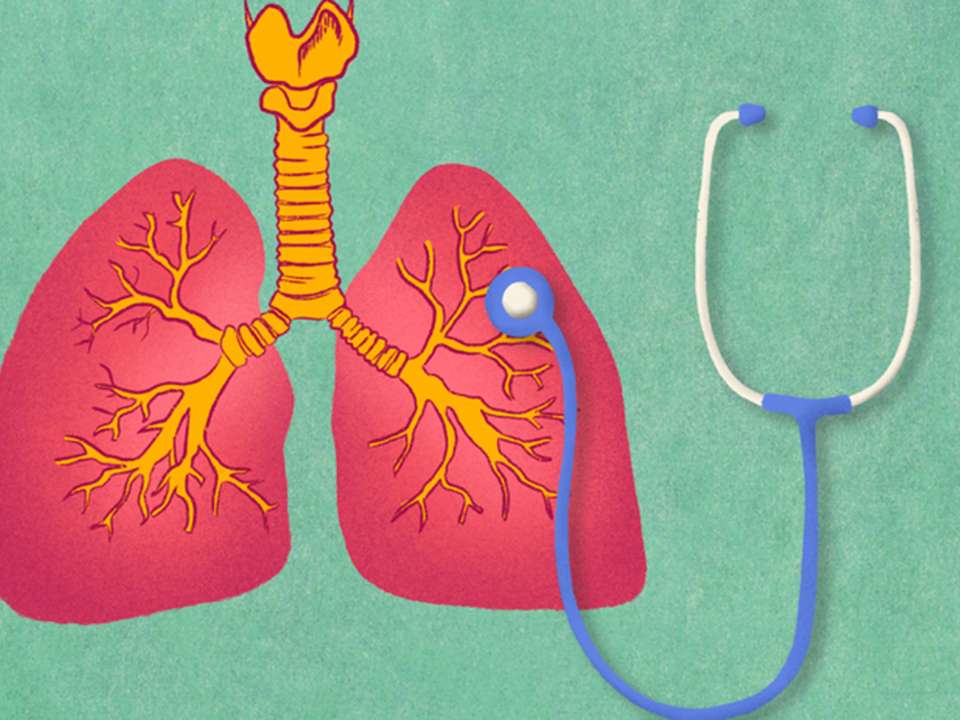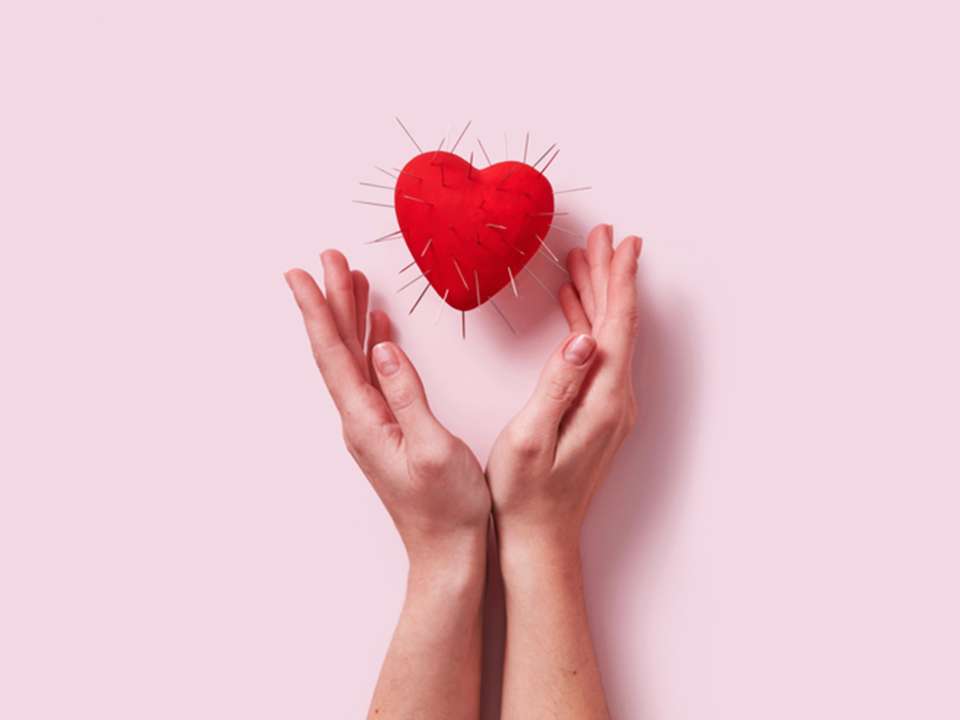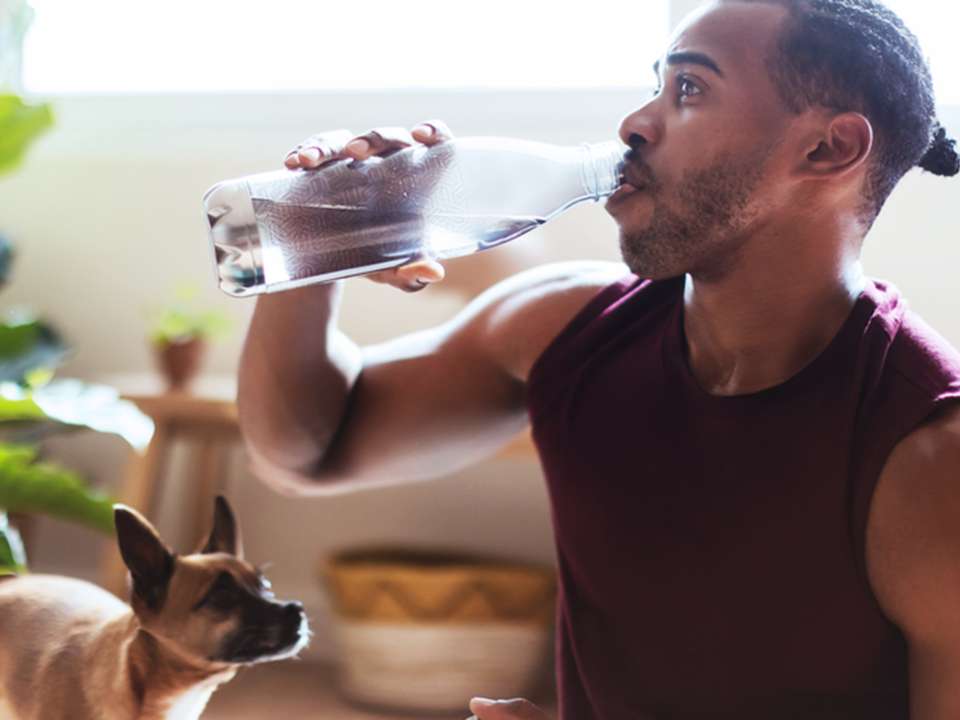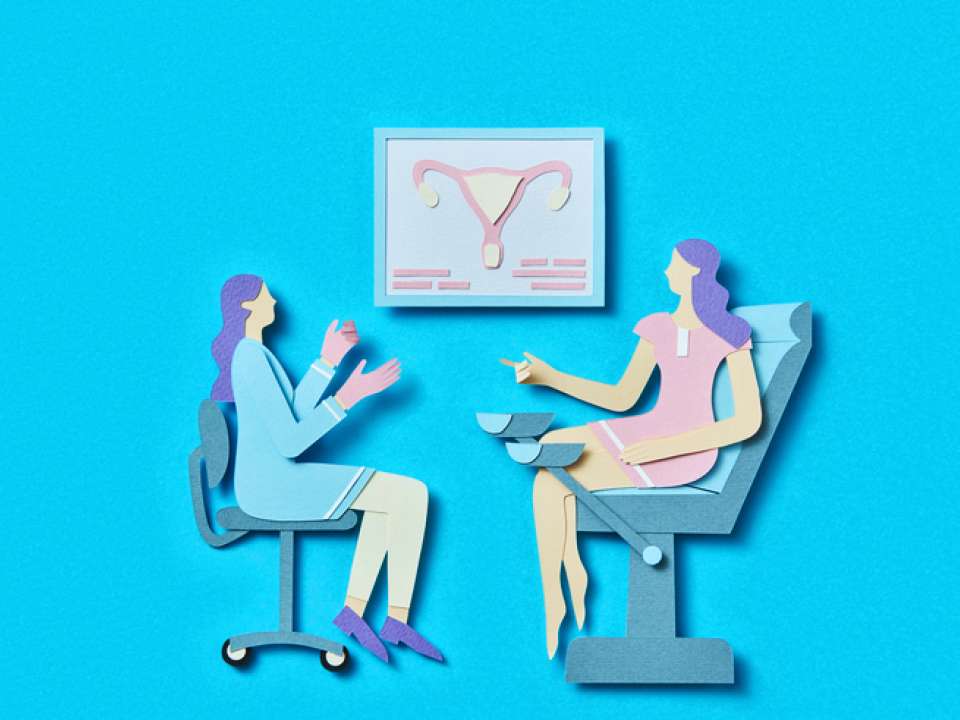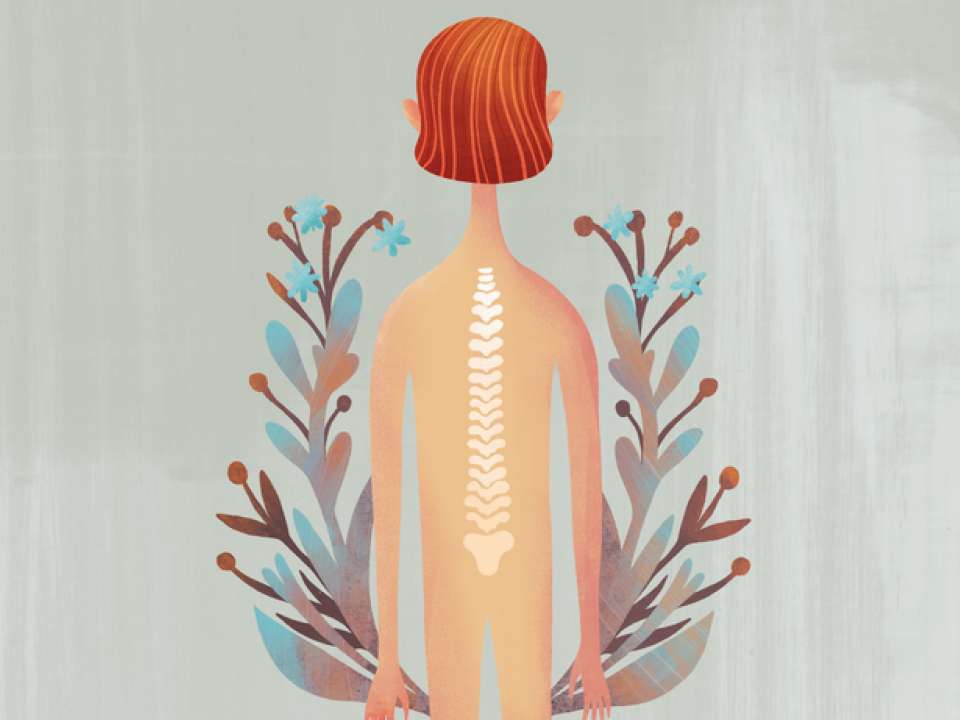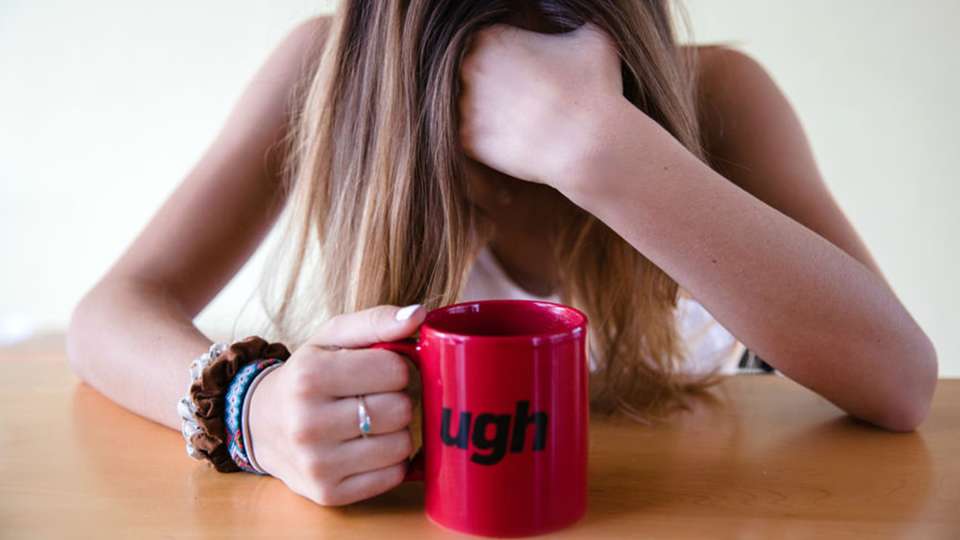
Cramps, bloating, headaches and a tendency to get extra annoyed at that know-it-all Facebook frenemy?
Ah, the joys of being a woman with premenstrual syndrome, aka PMS.
During this time of the month, expect your period to send a whole slew of physical and emotional discomforts your way in the week leading up to its arrival.
What’s to blame? Those dang hormones.
“Symptoms may begin soon after ovulation and last until menses,” explains Anne-Marie Amies Oelschlager, M.D., an obstetrics and gynecology professor at University of Washington School of Medicine. “The usual PMS symptoms include irritability, breast tenderness, headache, bloating, anxiety and fatigue. Once your menses begin, hormone levels fall, and PMS symptoms go away or improve.”
While you might be quick to dismiss the cramping and crankiness as no biggie or something only adolescent girls have to deal with, studies show that PMS symptoms can actually increase with age, well into your 30s or 40s.
PMS affects 90 percent of women, which is to say most of us. Depending on your body, health and lifestyle, the issues can range from mildly annoying to seriously painful and disruptive. And they can morph as you get older.
In your teens, it might have all been about acne and cramping. But in your 30s and 40s, maybe it’s more bloating and tummy-related troubles.
There’s even a condition called premenstrual dysphoric disorder, affecting 3 to 8 percent of women, that can cause debilitating mood-related symptoms that truly hinder your ability to function.
The bottom line is that menstrual-related issues are simply no fun. Period.
So rather than just wait the days out with a box of tampons at the ready, Amies Oelschlager suggests these science-based remedies to help ease your PMS pain and provide some relief.
Try exercising
“Even though it’s the time that you least want to exercise, it’s the most important time to exercise, and you’ll get the most benefits,” Amies Oelschlager says.
Physical activity gives you a double advantage of helping to manage your hormone levels and improve your mental health and mood. Remember, those pesky hormones are what stir up all this trouble in the first place.
As you exercise, your estrogen and progesterone levels decrease. This helps to combat certain PMS symptoms like bloating, which are triggered by the increased hormones in your body.
Multiple studies show that exercise can also help reduce stress and anxiety, another charming PMS friend. Even light physical activities like walking have a positive effect.
Bring on the heat
“Heat can be super helpful for cramping,” Amies Oelschlager notes.
Take a hot bath or shower, wrap heat pads around your midsection or curl up with a hot water bottle when you’re catching up on your TV queue in the evening.
The external heat increases blood flow and soothes uterine muscles. It can also provide therapeutic relief for other body aches, like a sore back, that come on when you’re about to get your period.
Practice self-care
Since you’re already planning a nice long soak in the bathtub, why not light some scented candles and turn on your favorite chill playlist?
“Practicing self-care, like getting into a bathtub or meditating or taking time out for something that doesn’t require you to be running around the house, it’s something that can help relieve stress during PMS,” Amies Oelschlager says. “Get away from the people that annoy you.”
Oftentimes, she notes, women are quick to minimize or downplay their feelings of anger, irritability and frustration during their menstrual cycle.
It’s better to acknowledge the situations and people — ahem, nosy Facebook frenemy — that trigger these feelings and plan for ways to take a break from them when you’re feeling frazzled.
Adjust your diet
While you may have heard that taking certain vitamins or herbs can alleviate PMS symptoms, Amies Oelschlager says there isn’t enough scientific evidence to back up many of those claims.
That said, some women find that making minor adjustments to their diet might relieve PMS-related tummy woes like diarrhea and constipation.
“Although the data on this is limited, I often tell patients to try eating a diet that’s a little less hard on their bowels,” she says.
For one person, that may be laying off meat and sticking to a vegetarian diet for a short time. For others, that might mean focusing on whole grains and going easy on the dairy.
Track your symptoms over a couple of cycles to see if you notice a pattern of flare-ups when you eat certain foods. Then try eliminating one or two suspected trigger foods the next time you experience PMS to see if it helps.
Track your period
Aside from helping to identify trigger foods, keeping a menstrual diary or using a tracking app is also important to help you better understand how your body and emotions change during PMS.
Amies Oelschlager says you can actually map out your entire cycle, from when you’re ovulating to when you first start experiencing symptoms like bloating, acne, diarrhea and constipation. You can also log your sugar and salt cravings, as well as changes in your emotions.
“You learn to get in tune with your symptoms so the next time you say, ‘I’m feeling really cranky today, and I’m crying at commercials for cat food,’ you can look and realize that you’re about to have your menses,” she explains. “Tracking these things can help you see a pattern and prepare for your symptoms.”
And, hey, if all else fails, there’s always chocolate.

 Healthy ideas for your inbox
Healthy ideas for your inbox
